- Joined
- Jan 3, 2004
- Messages
- 14,767
- Reaction score
- 319
blackelm said:...why didn't they carry over to the mechanical design of the "French" flintlock?
Heck, drop them an email and see what they have to say about it. :rotf:

blackelm said:...why didn't they carry over to the mechanical design of the "French" flintlock?
blackelm said:The question then becomes "if grooved frizzens offer some advantages", why didn't they carry over to the mechanical design of the "French" flintlock?
blackelm said:The question then becomes "if grooved frizzens offer some advantages", why didn't they carry over to the mechanical design of the "French" flintlock?
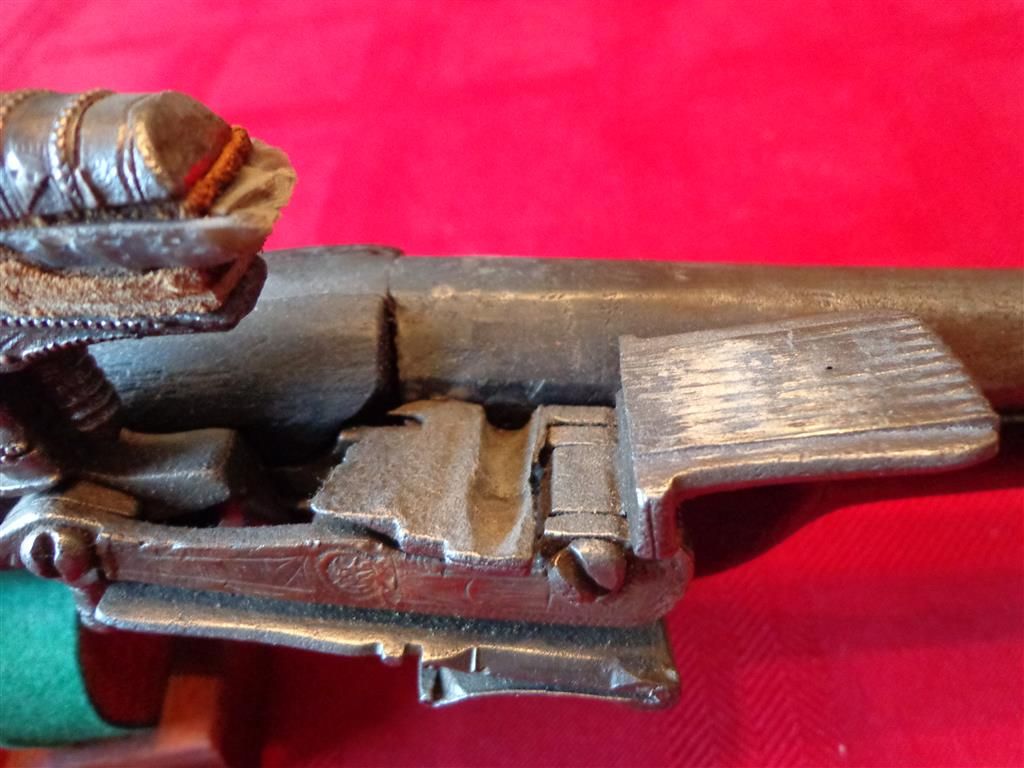
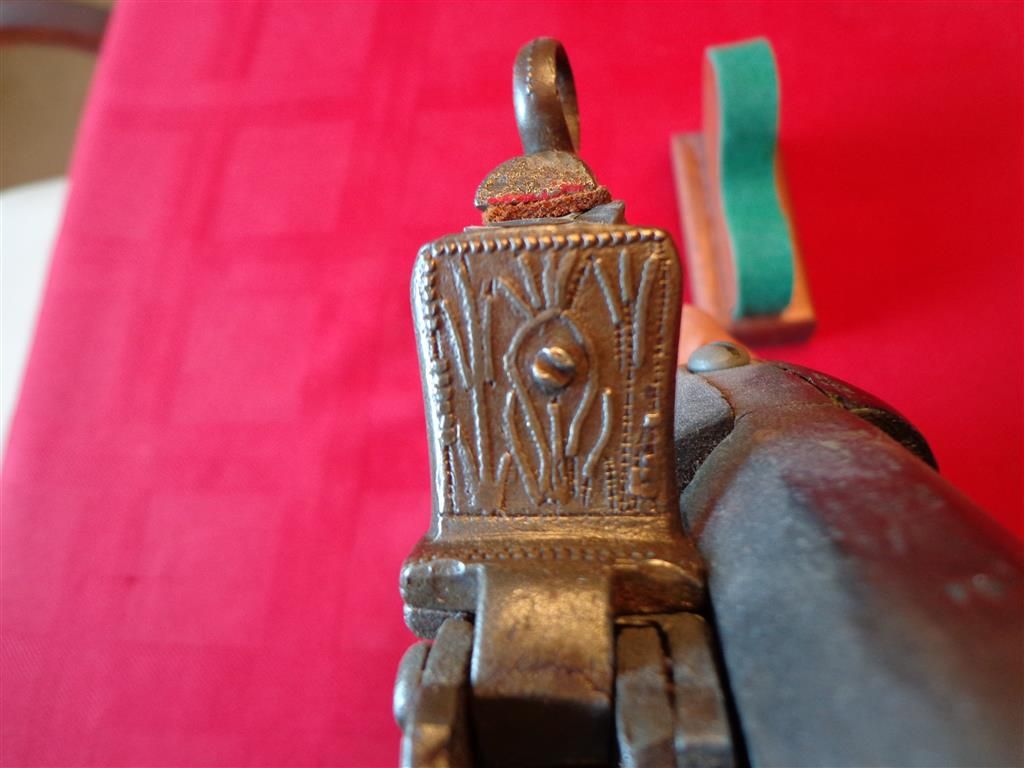
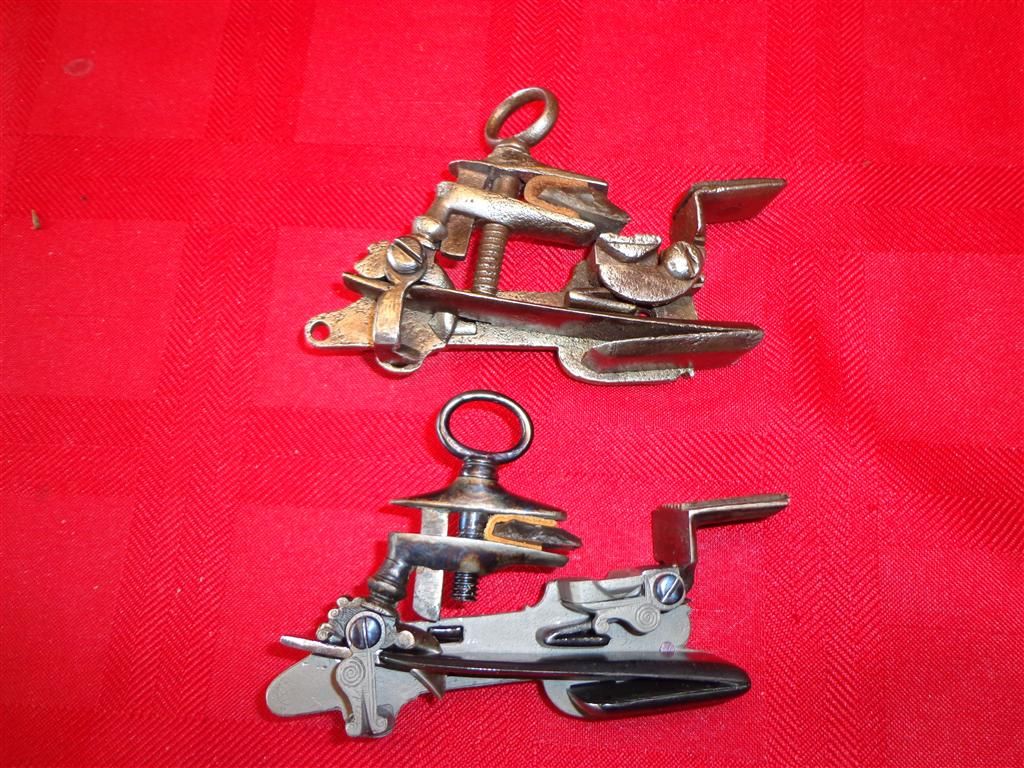
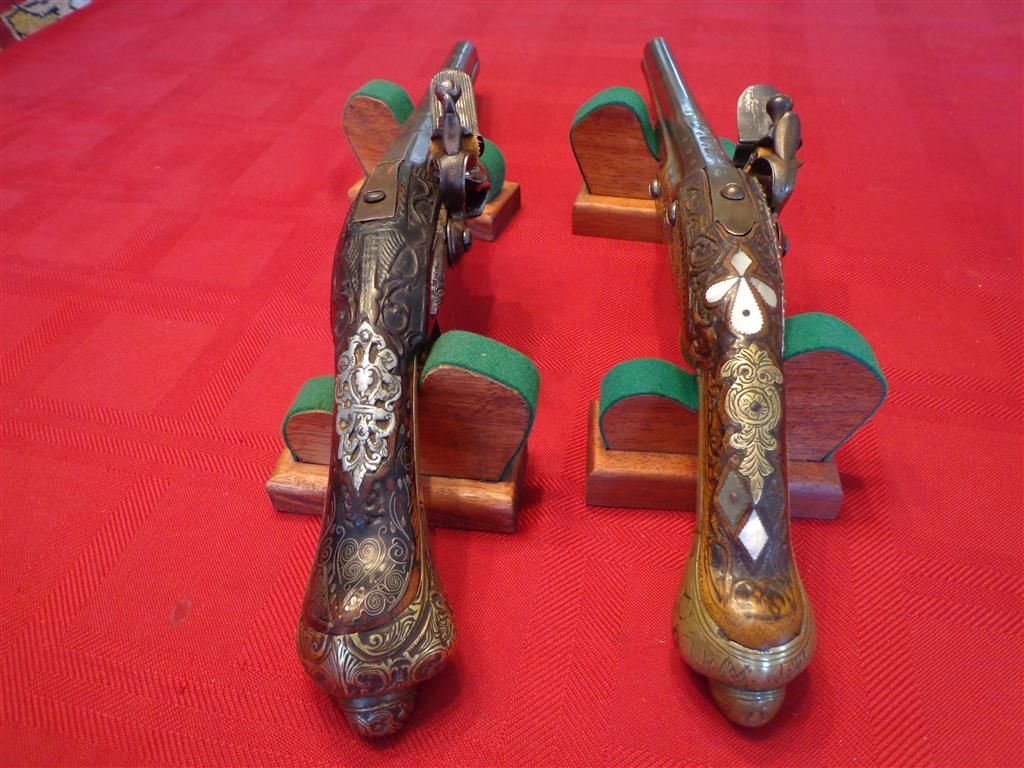

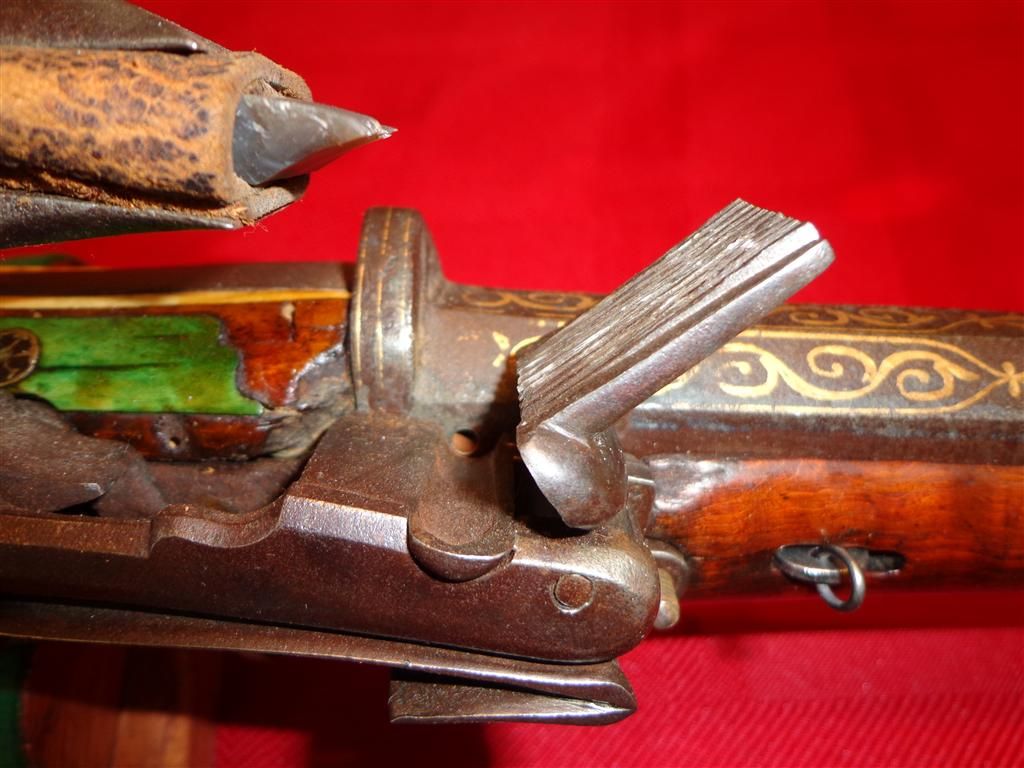
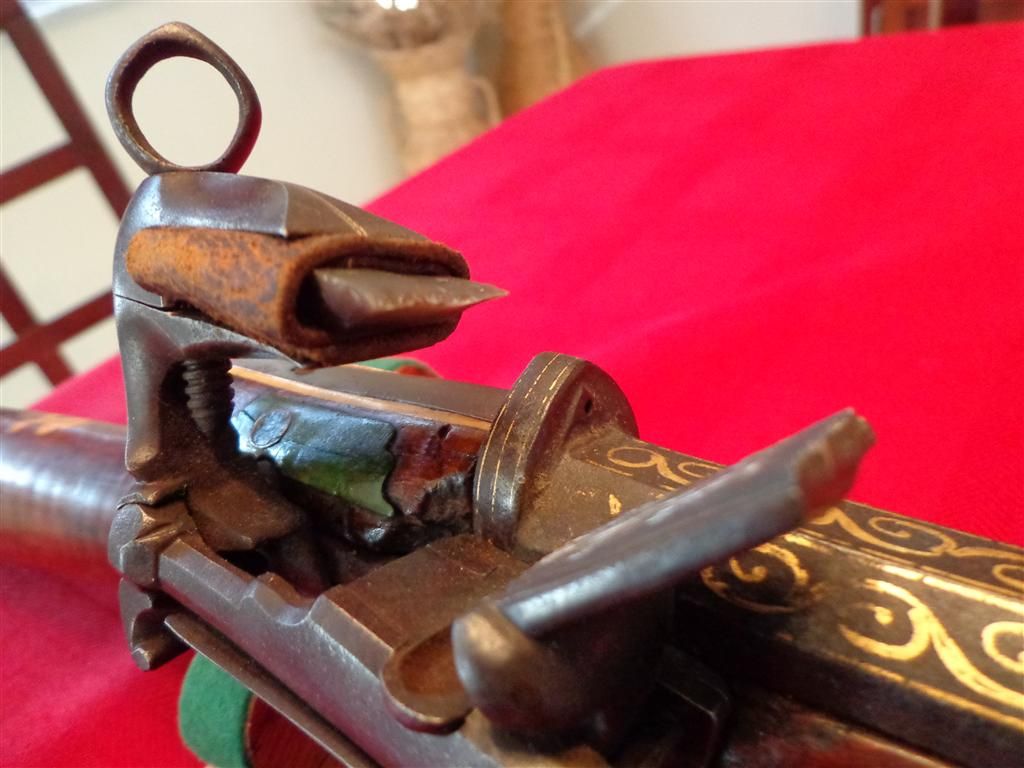
Enter your email address to join: